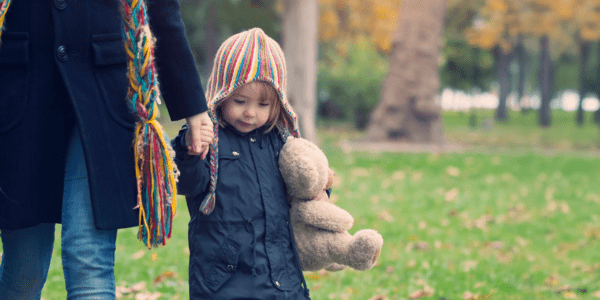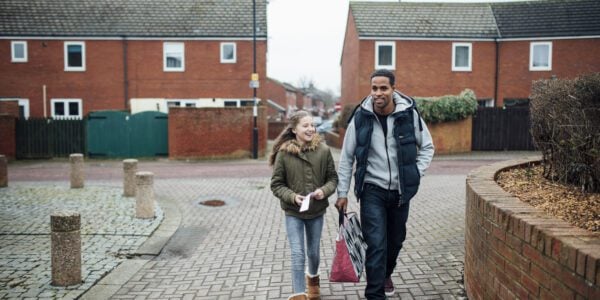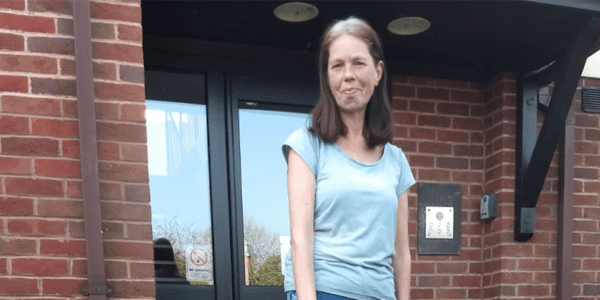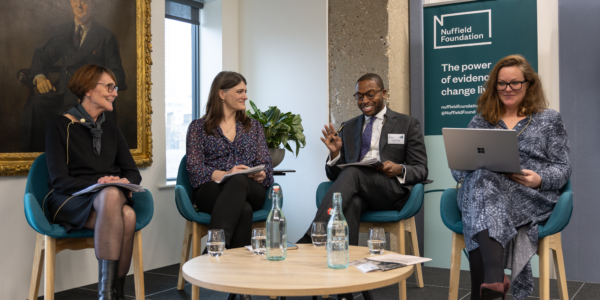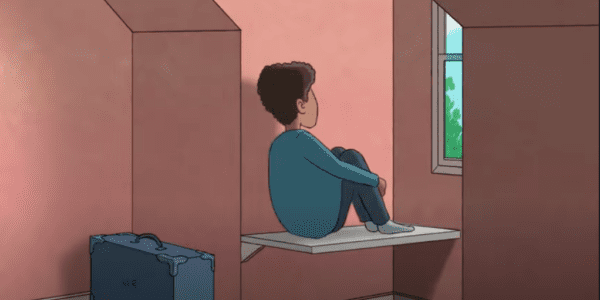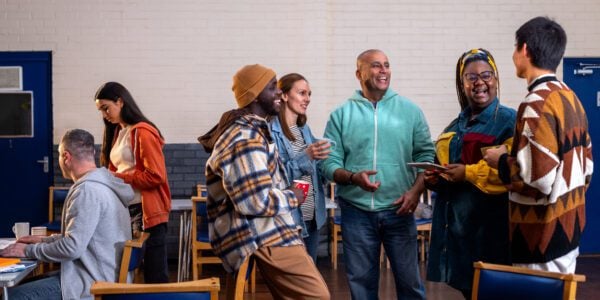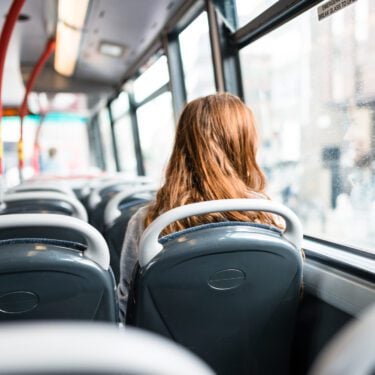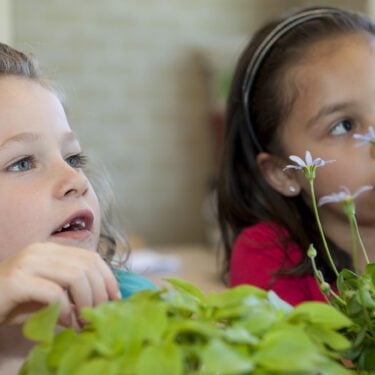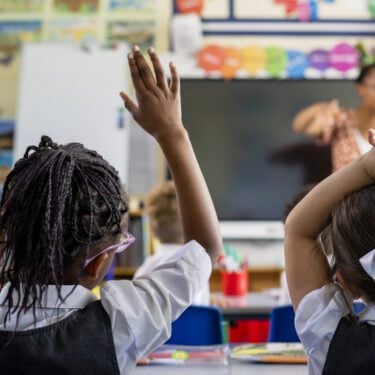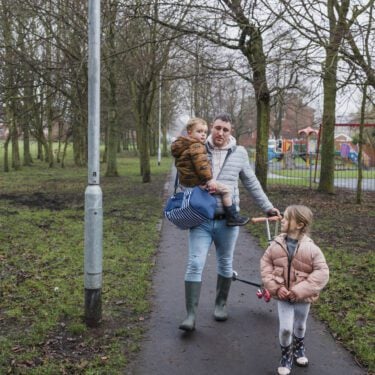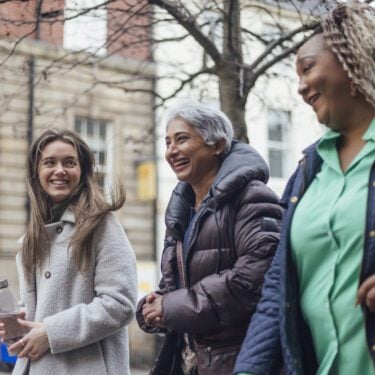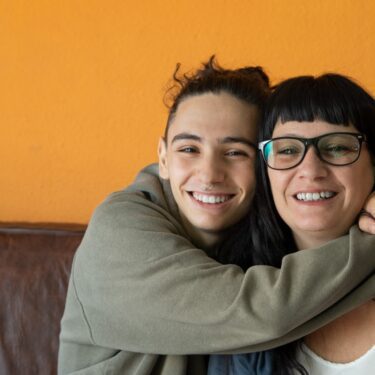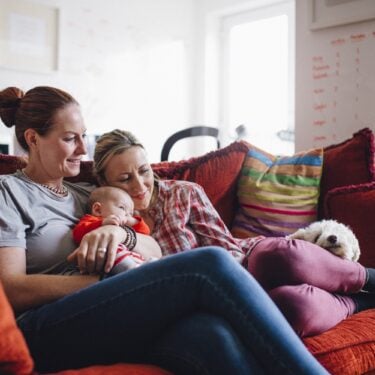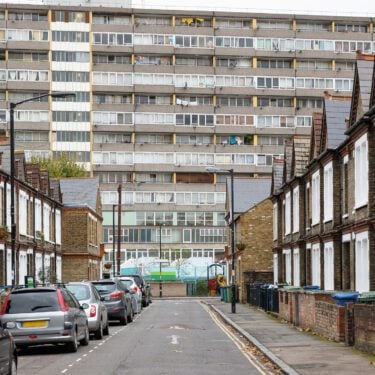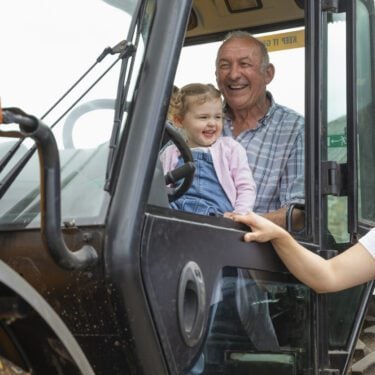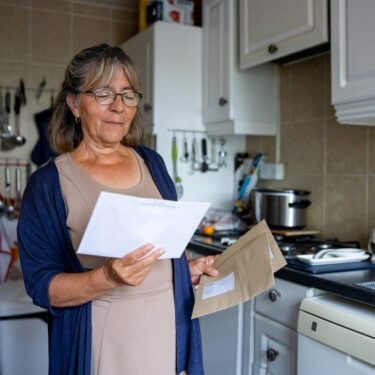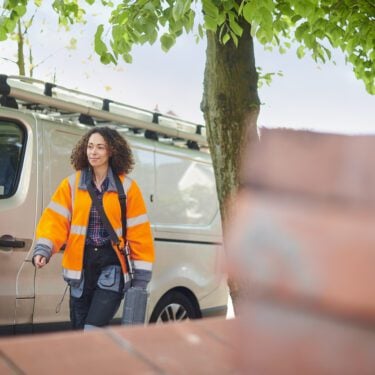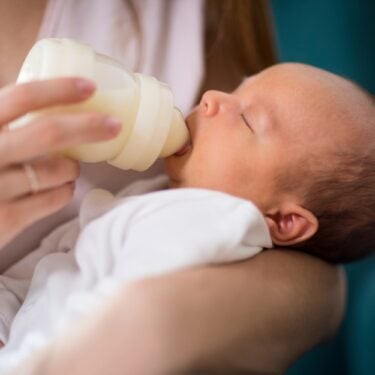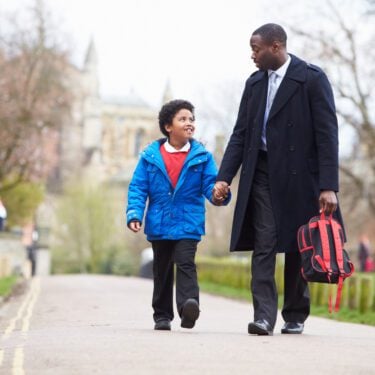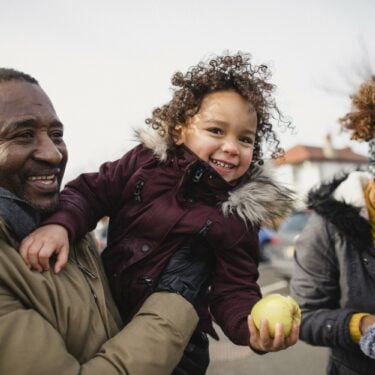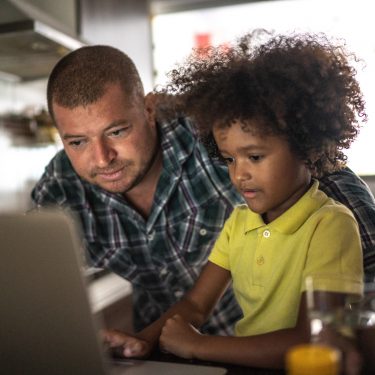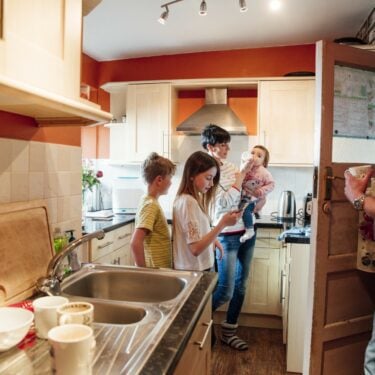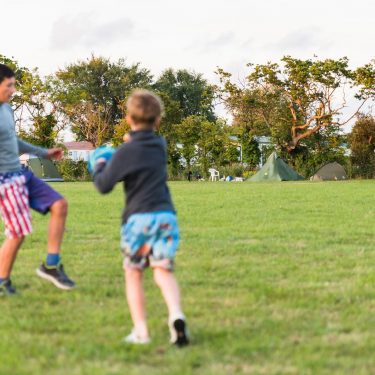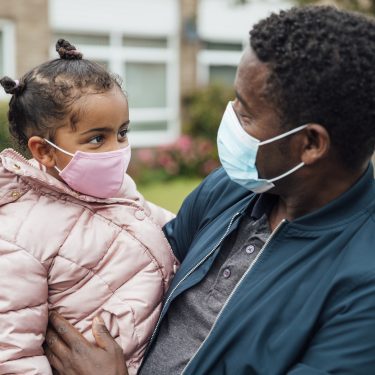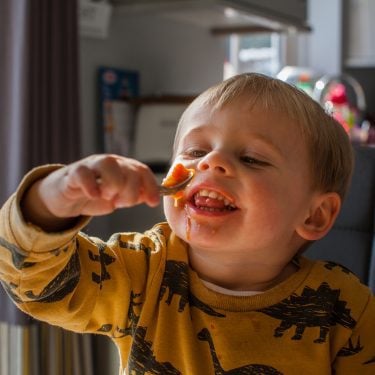
03/10/17
4 min read
A Nuffield-funded study has found a high number of women who repeatedly appear before family courts and lose many children into public care or adoption have themselves been in care.
40% of the mothers had been in foster care or children’s homes with a further 14% living in private or informal relationships away from their parents.
A team of researchers, led by Professor Karen Broadhurst at Lancaster University has uncovered women’s very troubled childhoods. Although some children can do very well in foster care, for others, public care did not offer the kind of stable and protective relationships they needed.
Instead 50% moved from one foster placement to another and 39% spent a period in a children’s home. The research team read court records relating to a representative sample of 354 mums who, at the time of the study, had appeared in a total history of 851 first and repeat sets of care proceedings issued by 52 local authorities in England.
In addition, they used population records, relating to approximately 65,000 women, to provide an up-dated picture of the size of this population of women and interviewed 72 women across 7 local authorities. The study revealed the high levels of abuse and neglect women had suffered in their lives as children. Sexual abuse was experienced by more than 53% of the women. 64% of women became mothers in their teenage years and struggled with parenting, due to limited family and professional support and emotional difficulties resulting from the trauma of their childhoods.
Acute grief, loss and isolation
Women interviewed by the team, consistently described an acute sense of grief, loss and isolation following their babies being taken away. Suicidal thoughts were common and, in the majority of cases, women described ‘self-harming’ behaviour such as such as excessive drinking, drug-taking and negative intimate relationships. Women who had babies taken away by the courts were found to be in a worse position than before and had few avenues of help to which they could turn.
Cases in which women had babies removed very close to birth (60% of repeat cases) were reported to be particularly traumatic. Often mothers did not know of – or understand – plans for the removal of their babies.
When the research team looked for dates of the statutory pre-birth conference, they found these were typically held very late in pregnancy, confirming women’s accounts of poor planning around removals at birth.
Positive change is possible
Women interviewed for the study consistently stated that they were unable to access psychological help following the removal of their children, even when this was a firm recommendation by experts within care proceedings.
However, of the 72 women who were interviewed, almost half had made remarkable positive progress in their lives. Against, the odds, and even with a history of ‘repeat removals’ they were able to turn their lives around and go on to care for a new baby.
Professor Karen Broadhurst said the women who volunteered to take part in the study were, typically, those who now had better relationships with services rather than women still overwhelmed by their difficulties but, nevertheless, their stories illustrated that change was possible.
New and more positive partners made a major contribution to change for this population of women, as did ‘simply growing up’, given so many were teenage mothers.
However, professionals could also play a major role in change, where they could provide early, consistent and empathic help for this very vulnerable population of women.
“Therefore, the challenge for public services is to enable more practitioners to work closely with these women to bring about change,” added Professor Broadhurst. “This will reduce both human suffering but also costs to the public purse.”
Working very closely with the women, Claire Mason, Senior Research Associate on the team, has produced ‘Turning Points’, a film in which women share their stories of positive change. The film provides hope for other women in similar difficulties, who have also had children removed from their care.
Over 11,000 mothers had more than one child removed between 2007 and 2014
Although the programme of work completed by the team (2014-2017) has stimulated significant investment in new preventative programmes, the most recent findings also indicate that far more needs to be done.
In 2014, the team identified 7000 ‘repeat mothers’ in care proceedings between 2007/8 and 2013/14. The latest figures show more than 11,000 ‘repeat mothers’ between 2007/8 and 2013/14.
Professor Broadhurst said: “We have identified a larger number of ‘repeat mums’ partly because we now have more years of data, but also because we know from national statistics that more families are coming before the family courts in care proceedings.”
She added: “If we want to tackle the very high volume of care cases coming before the courts which is resulting in a national crisis, we need to do more. We are witnessing some very positive initiatives, but preventative projects are simply working with far too few women.
“Regarding the high rates of removals at birth that we have uncovered in this study (60% of all repeat cases), we urgently need to establish best and humane practice in these difficult circumstances to ensure professionals work in partnership with mothers as far as possible and that clear pre-birth plans are in place at a timely point. We need to see agencies routinely seeing pregnancy as an important window for change – pre-birth help needs to start much earlier.”
Director, Justice and Welfare at the Nuffield Foundation Teresa Williams said: “This innovative study has for the first time revealed the extent of recurrent care proceedings and highlighted the experience of women who have had successive children removed from their care. We have already seen the study’s impact in the way that local authorities and courts have supported new preventative services designed to break this damaging cycle, which in many cases begins in women’s own childhoods.
“Although there is much more that needs to be done, the positive reaction to this study within the family justice system demonstrates how population data combined with research evidence can be the catalyst for change that will ultimately mean fewer women and children suffer.”

